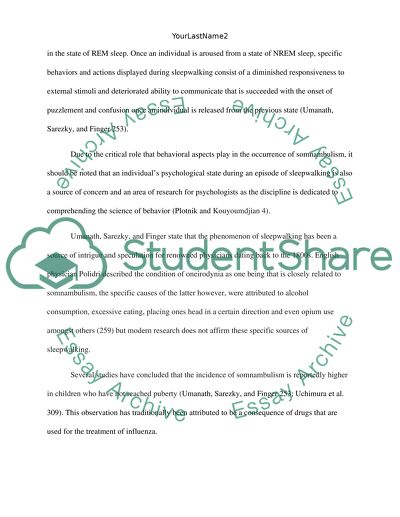Cite this document
(“Sleepwalking Essay Example | Topics and Well Written Essays - 1750 words”, n.d.)
Sleepwalking Essay Example | Topics and Well Written Essays - 1750 words. Retrieved from https://studentshare.org/psychology/1478346-sleepwalking
Sleepwalking Essay Example | Topics and Well Written Essays - 1750 words. Retrieved from https://studentshare.org/psychology/1478346-sleepwalking
(Sleepwalking Essay Example | Topics and Well Written Essays - 1750 Words)
Sleepwalking Essay Example | Topics and Well Written Essays - 1750 Words. https://studentshare.org/psychology/1478346-sleepwalking.
Sleepwalking Essay Example | Topics and Well Written Essays - 1750 Words. https://studentshare.org/psychology/1478346-sleepwalking.
“Sleepwalking Essay Example | Topics and Well Written Essays - 1750 Words”, n.d. https://studentshare.org/psychology/1478346-sleepwalking.


